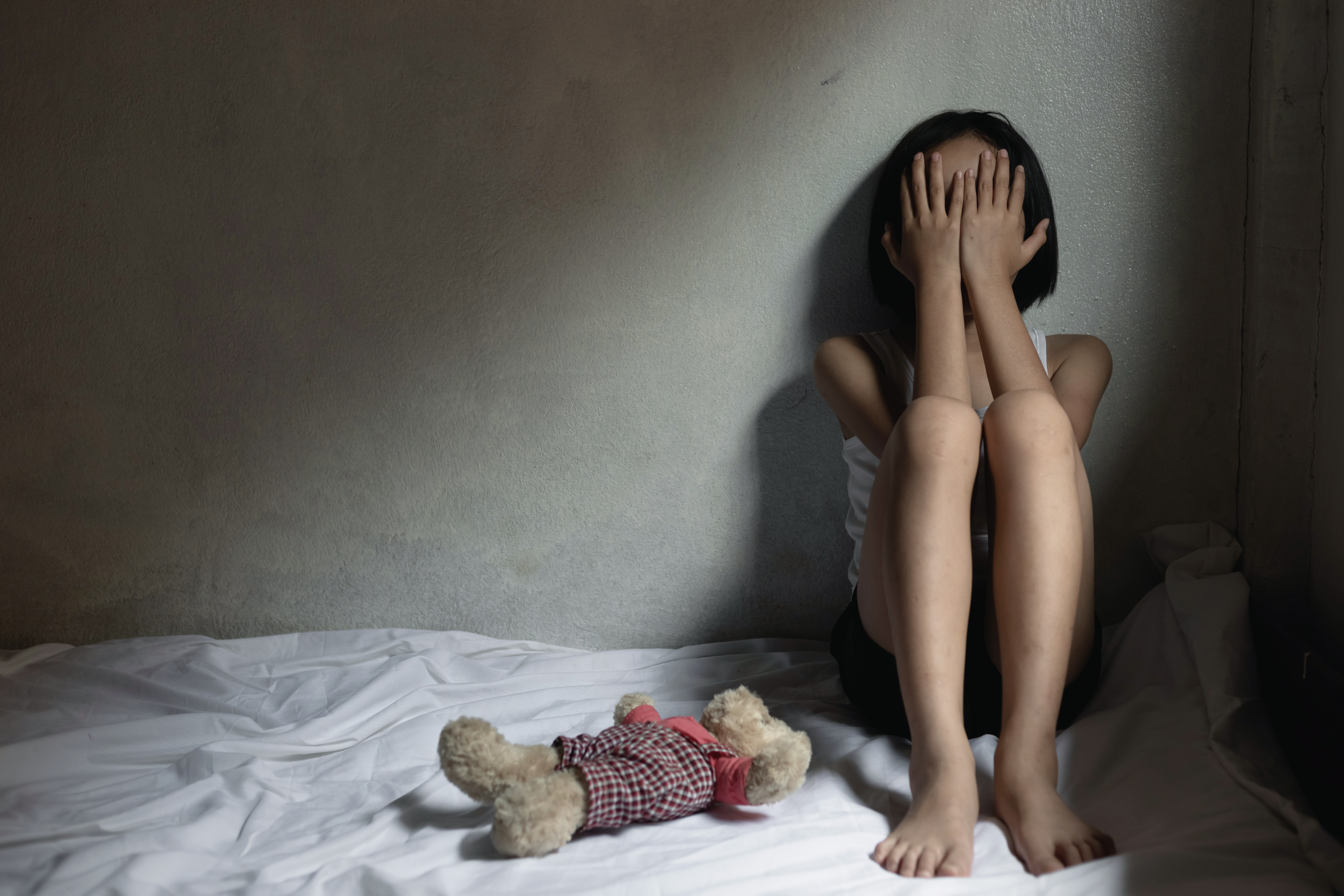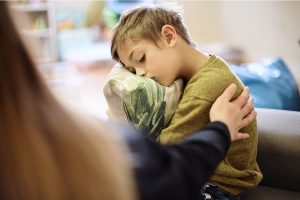Knowing the Signs of Trauma in Children
Maddie McGarrah, M.Ed.

Recognizing signs of trauma in children is an important but challenging task for parents, caregivers, and educators. Traumatic experiences can deeply affect a child’s emotional, mental, and physical well-being. Since children often lack the language or coping skills to express their feelings, trauma may manifest in both subtle and obvious ways. In some cases, trauma can even lead to Post-Traumatic Stress Disorder (PTSD). Understanding these signs is crucial for providing appropriate support and creating a safe environment for healing.
The DSM-5-TR defines trauma as exposure to actual or threatened death, serious injury, or sexual violence. This can occur through direct experience, witnessing, or learning about an event involving a close family member or friend. Trauma can also result from repeated or extreme exposure to disturbing details of such events. Signs that a child may be struggling with trauma include:
- Increased or obsessive thoughts about death or safety. Sometimes a hyper-focus on mortality.
- Sleep or eating disturbances, such as too little or too much sleep, or changes in appetite.
- Increased times of unexplained irritability or anger outbursts.
- Difficulty concentrating and staying focused during tasks or conversations, which may resemble ADHD but is a response to the trauma.
- Hypervigilance such as being easily startled or reacting strongly to stimuli.
- Symptoms resembling an anxiety disorder, like excessive worry or difficulty separating from parents.
- Symptoms resembling a depressive disorder such as difficulty experiencing positive emotions, like happiness, satisfaction, or love.
- Intrusive symptoms, such as nightmares, flashbacks, or unexpected memories of the traumatic event.
- Increased symptoms triggered by reminders of the event, such as anniversaries, visual or auditory cues, and even smells.
- Negative beliefs about oneself, others, or the world.
- Lastly, stress and trauma can manifest differently in girls and boys. Although this can vary, boys often react more quickly and with more irritation and anger, while girls can have delayed reactions that are more internal.
Recognizing these signs early is essential for providing timely support and helping children begin the healing process. If you have observed your child experiencing some of these after a potentially, seeking therapy can provide children with the tools and support they need to heal and navigate their trauma in a safe and constructive way.



